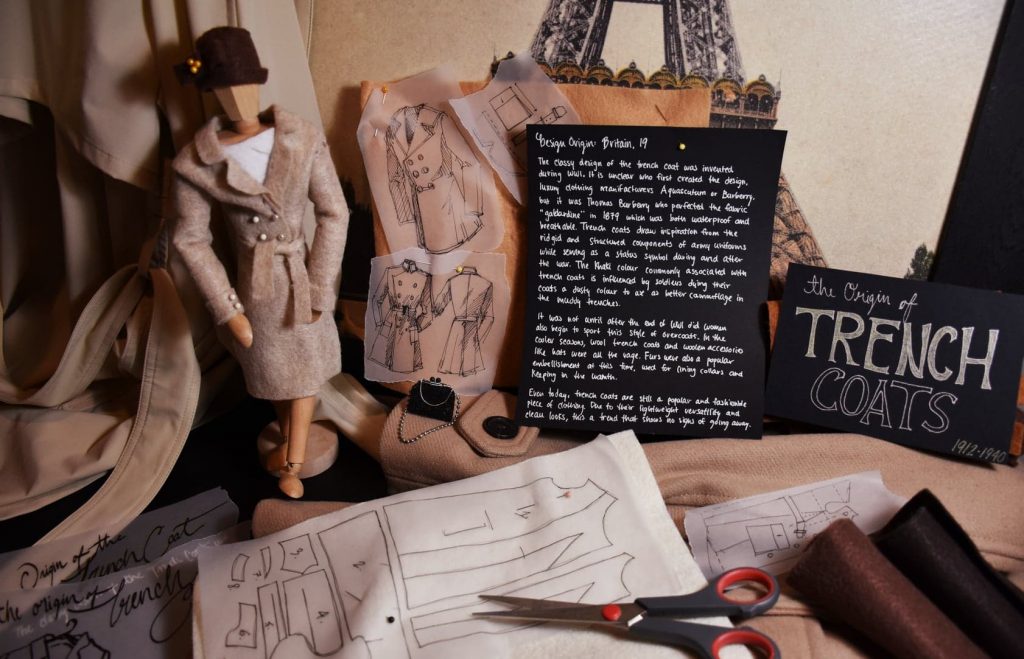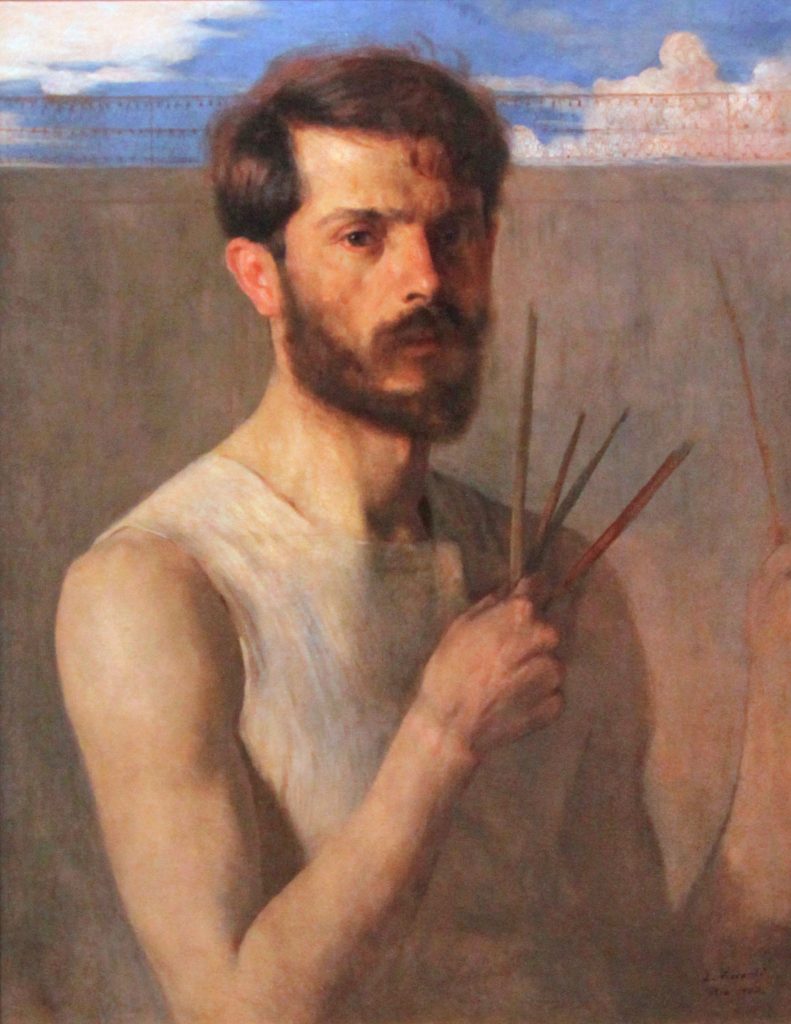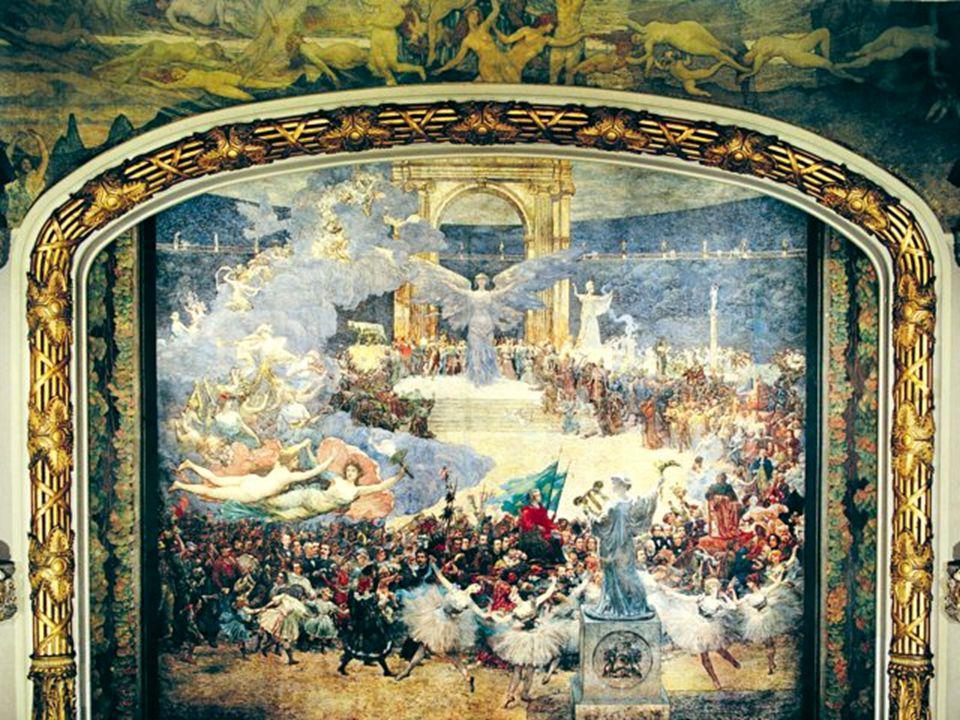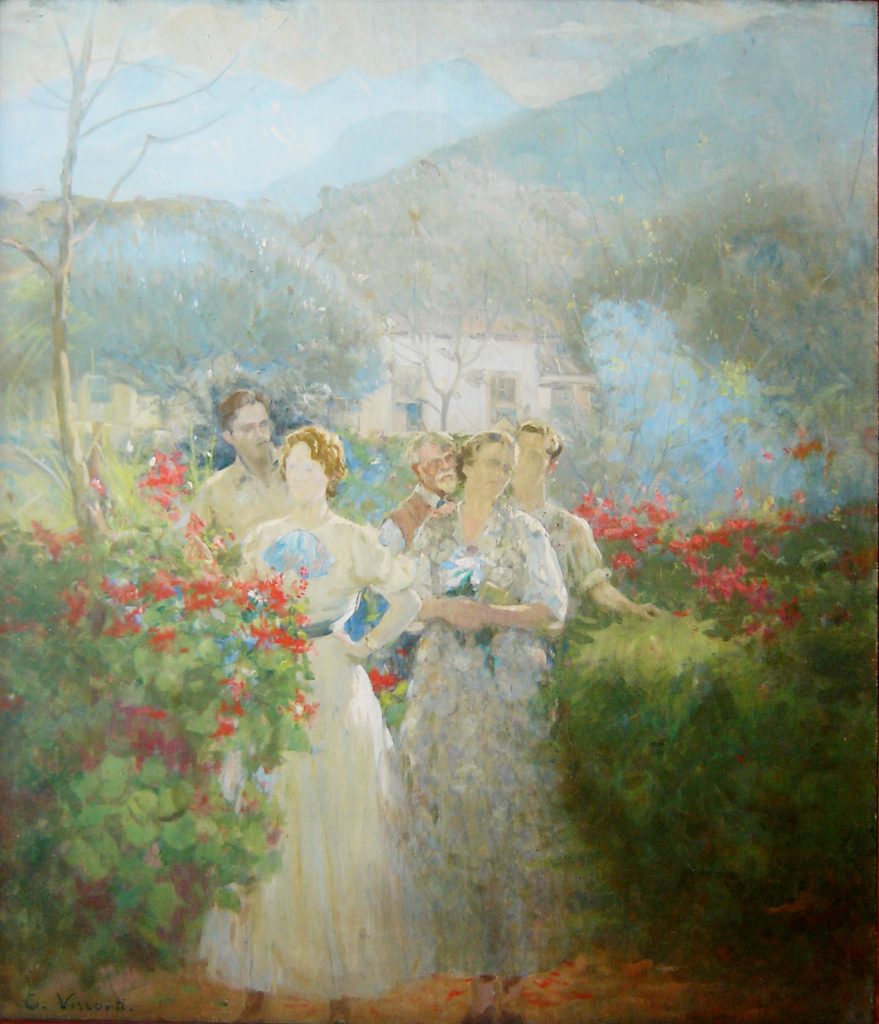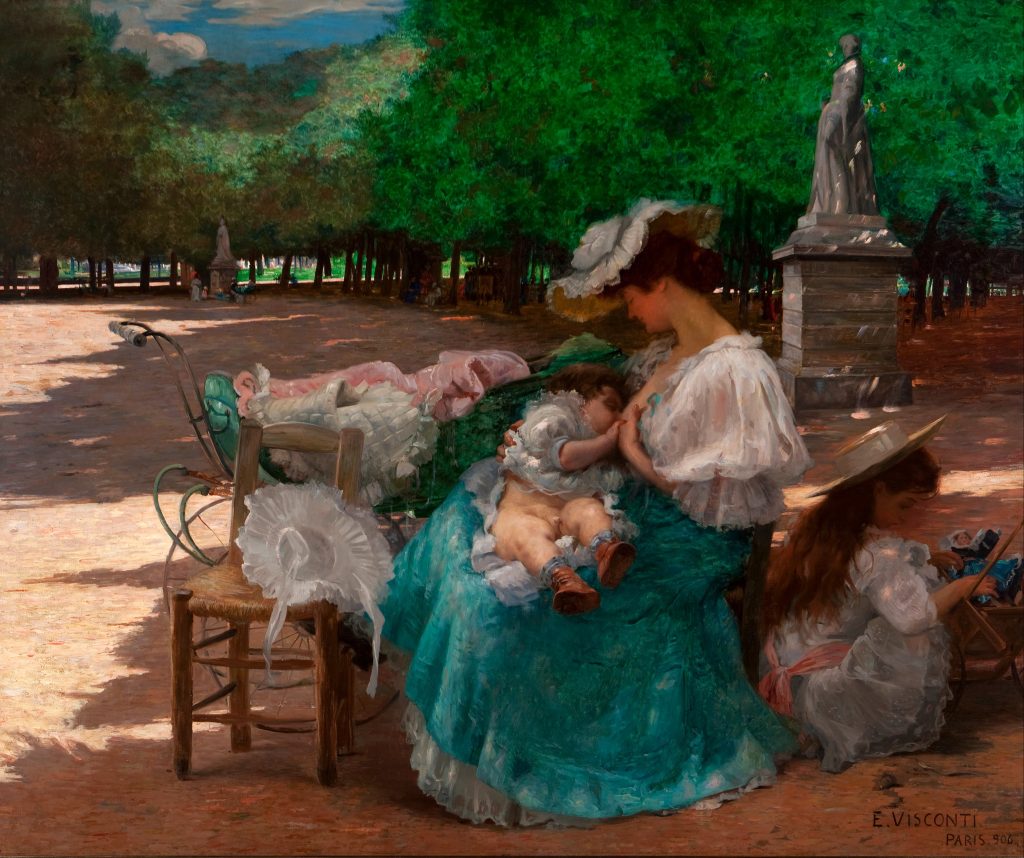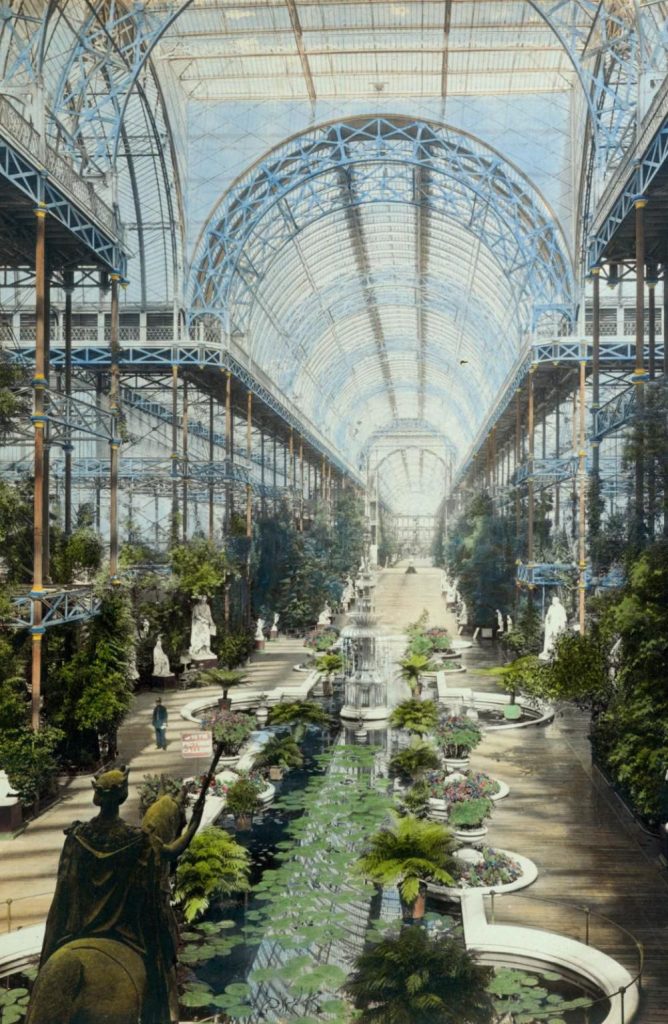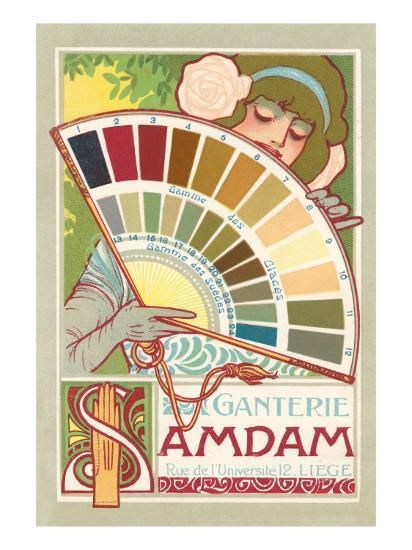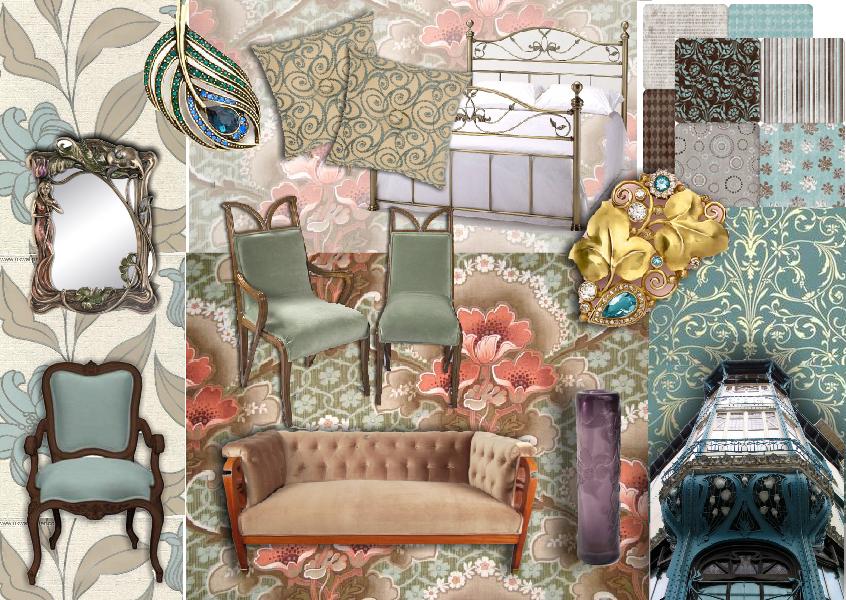Blog Post #5
This bright and fun pop artist was born in 1937, Bradford. Well known for his colourful depictions of California life, poolsides, and poping landscapes, Hockney’s work conjures feelings of warmth and happiness through his paintings. Early in his career, he was influenced by Picasso, Matisse, and Fragonard and created his version of cubism using photographs and a collage-like technique.
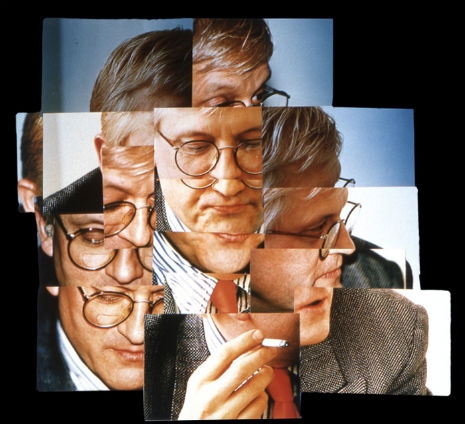
His most famous and memorable work typically features pool scenes like the painting “Pool with Two figures” shown below. His use of bright, vibrant colours and stylization of the water creates a calming and serene piece, also sold for a whopping $80.3 million dollars in 2018, which was at the time the highest price paid for a work by a living artist. While his painting is far from the most photorealistic, or skilfully complicated, Hockney’s skills lie in his ability to simplify a scene and bring out the raw emotion he wants to convey.

In a time when homosexuality was less accepted in the minds of Europeans, the liberty of America helped to nurture Hockney’s work in the previously taboo. He created many paintings like the Pool with Two Figures that touched on scenes of two men partaking in normal activities. Rarely seen in art before, his work portrayed the male figure as more sensual and embraced the relationships of queer couples.

Moving with the times, Hockney has taken his skill in landscape painting into digital painting. He uses a mixture of oil paints, film, charcoal, and the iPad to create natural scenes using the same vivid and punchy colours he is so well known for. These bright paintings look more like fantasy candy land with pink fields and purple trees but always conveying a sense of liveliness and beauty.
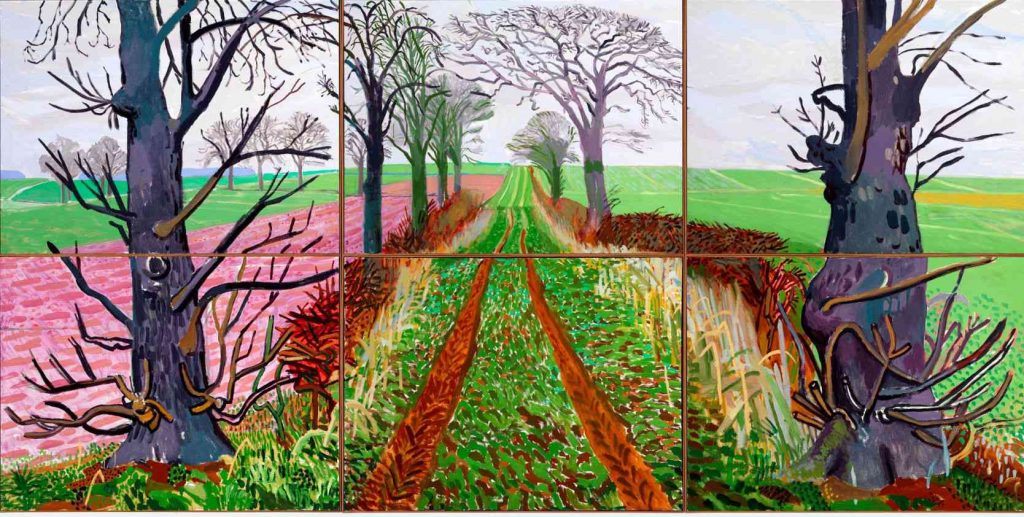
Cites used:
https://www.biography.com/artist/david-hockney
https://www.treehugger.com/stunning-english-landscape-paintings-made-with-ipad-photos-4858507
